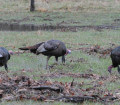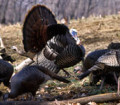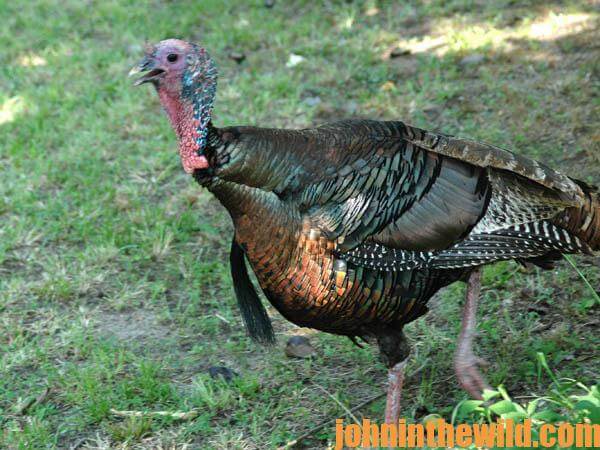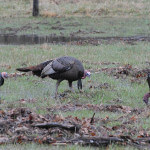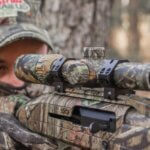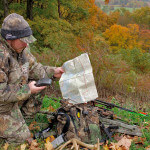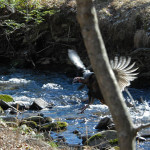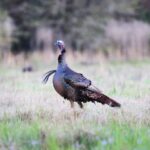John’s Note: I’ve hunted turkeys for more than 30 years. I consider myself something of an expert, not because I know all about turkey hunting, but because I’ve made every mistake a hunter can make at least twice. While turkey hunting, I’ve learned first-hand what won’t work, and what equipment you must have for success afield. On this checklist, I include the equipment I’ve learned to take with me to make my hunt much-more successful and comfortable. I keep all my equipment packed in my turkey vest and my hunting pack throughout the season, adding and subtracting items as I use them. Then I know I’m ready to attack the day when I hear that first gobbler talk to the tall timbers at the christening of a new day. Here are some items turkey hunters have told me everyone needs to take afield (see Day 1).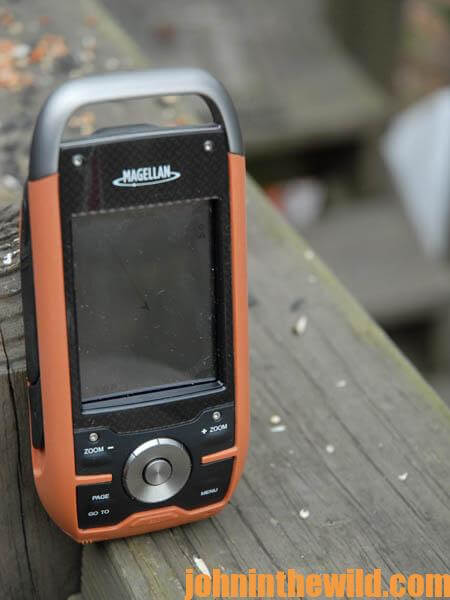
A hand-held GPS (Global Positioning System) receiver. I hunt turkeys all over the nation. Almost every morning I’ll have to leave before daylight to hunt where I’ve never hunted before. I’ll use my GPS receiver to mark the spot where the others drop me off. Then no matter where my turkey hunting takes me that day, I always can return to the pick-up point. A GPS receiver also tells me: which direction I’m traveling; how far I must travel to reach the pick-up point; which route is the most direct to the pick-up point; how to get back to where I’ve heard a turkey gobbling the day before; and other important information.
Using a hand-held GPS receiver, turkey hunters can draw a map of the routes their turkeys will travel on the day before the season opens. To locate the turkey on the roost, get within  100 or 200 yards of him and pick-out the exact tree where he’s roosting. When the turkey flies from the tree and walks away, stand directly under the tree, and mark it as a waypoint. Then using locator calls like owl hooters, crow calls, coyote howlers or peacock calls, learn where the turkey travels throughout the day, and make notes on your GPS.
100 or 200 yards of him and pick-out the exact tree where he’s roosting. When the turkey flies from the tree and walks away, stand directly under the tree, and mark it as a waypoint. Then using locator calls like owl hooters, crow calls, coyote howlers or peacock calls, learn where the turkey travels throughout the day, and make notes on your GPS.
If the turkey goes to a small clearing to meet his hens when he flies from the tree, go to that spot, and mark it as a waypoint on your GPS. As the turkey gobbles during the morning, you can tell he’s headed toward a field. Try to get to the field ahead of the turkey, and locate the spot where he goes out of the woods and into the field. Once the turkey leaves the field, go to the spot where the turkey has gone into the field, and mark it as a waypoint. Then travel to the spot where the turkey left the field, and mark it as a waypoint. If you follow your turkey through the woods all day and mark every place you hear him on your GPS receiver, you can store the entire route in your GPS that the turkey travels. 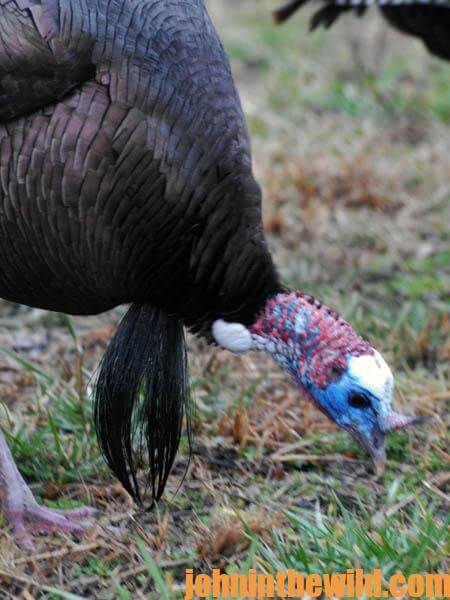
If you’ve kept good notes on the turkey, you can go to the notes section of your GPS and put-down the time you’ve seen the turkey at each location. When turkey season opens, you can locate where the turkey will be throughout the day. As well, your GPS can help you determine what time you need to be at each waypoint before the turkey shows-up. Using this tactic, you’ll only need minimal calling to bag your bird during any time of the day.
To get “PhD Gobblers,” “Turkey Hunting Tactics” and “The Turkey Hunter’s Bible,” ebooks by John E. Phillips click here.
About the Author
John Phillips, winner of the 2012 Homer Circle Fishing Award for outstanding fishing writer by the American Sportfishing Association (AMA) and the Professional Outdoor Media Association (POMA), the 2008 Crossbow Communicator of the year and the 2007 Legendary Communicator chosen for induction into the National Fresh Water Hall of Fame, is a freelance writer (over 6,000 magazine articles for about 100 magazines and several thousand newspaper columns published), magazine editor, photographer for print media as well as industry catalogues (over 25,000 photos published), lecturer, outdoor consultant, marketing consultant, book author and daily internet content provider with an overview of the outdoors. Click here for more information and a list of all the books available from John E. Phillips.

